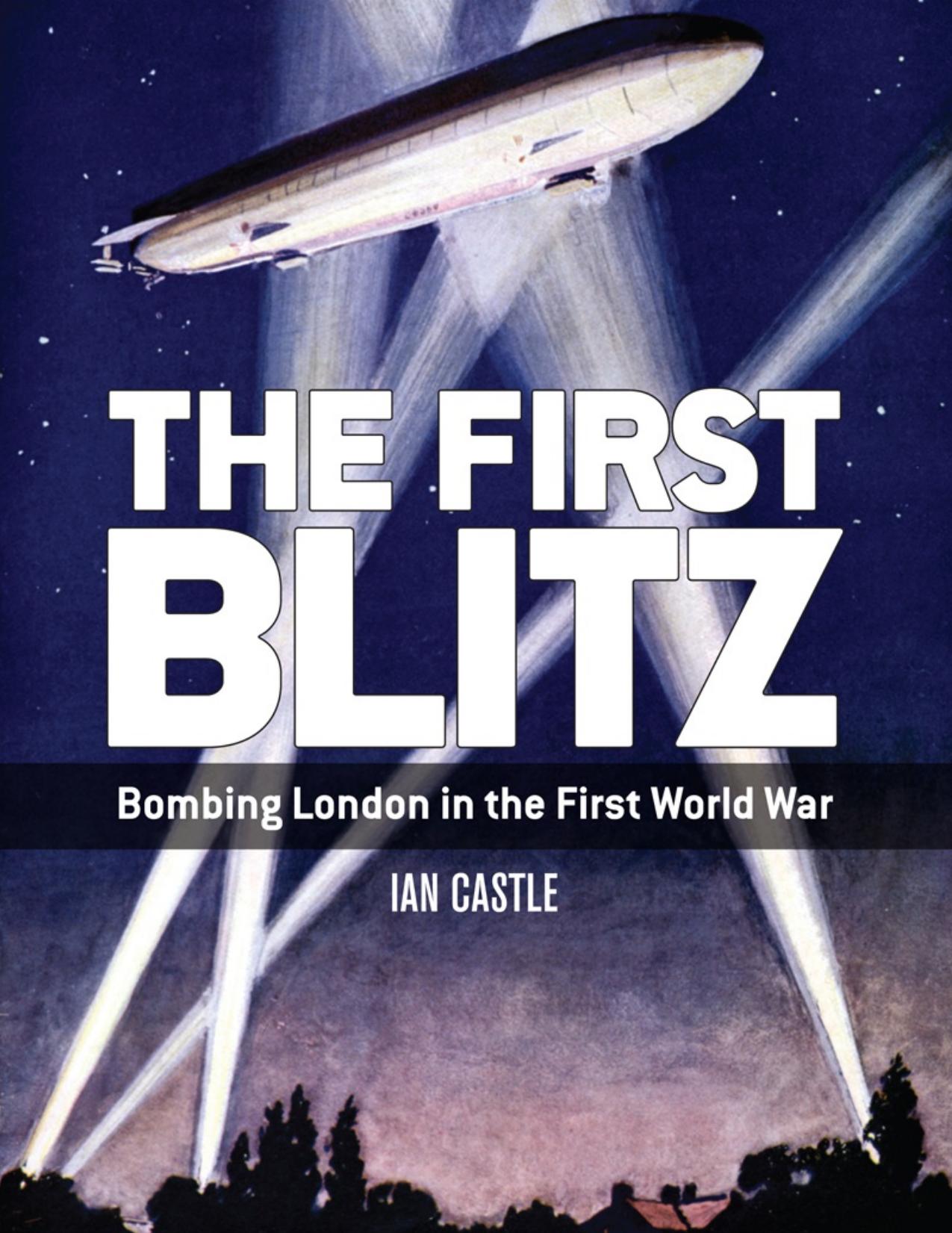The First Blitz by Ian Castle

Author:Ian Castle
Language: eng
Format: epub, pdf
ISBN: 9781472815316
Publisher: Osprey Publishing
Published: 2015-04-11T04:00:00+00:00
Diagram showing evolution of the Englandgeschwader.
Initially the load of the Gotha G.IV in the daylight raids on London consisted of a mixture of 50kg explosive bombs and 12.5kg explosive or incendiary bombs. The larger bomb was about 5ft long with a diameter of 7in and either armed for detonation on impact or with a delay fuse which allowed the bomb to penetrate through a building before exploding. However, estimates indicate that up to a third of 50kg bombs failed to explode and another 10 per cent detonated in mid-air. The actual bomb load varied but on the early daylight raids a typical load of 300kg would be four 50kg and eight 12.5kg bombs. Later in the campaign the Gothas mainly utilized the 50kg explosive bomb with a limited number of the 100kg type, as well as incendiaries.
When he first took office, Hoeppner anticipated that 30 Gotha G.IVs would be available to begin attacks on London by 1 February 1917 and he further noted that development of the Riesenflugzeug (giant aeroplane), or the R-type, was progressing well, anticipating that these even larger and more powerful aircraft would soon be added to the weapons at his disposal.
Halbgeschwader 1 returned to Ghistelles and reformed as Kagohl 3. The three existing Kasta, 1, 4 and 6, became Kasta 13, 14 and 15 of the new squadron and were boosted by three more; Kasta 16 joined immediately, 17 and 18 in place by July 1917. Each Kasta consisted of six aircraft, giving a squadron strength of 36 aircraft, plus three allocated to the HQ. New airfields were under construction for the squadron around Ghent. But there were delays; the first airfields, Melle-Gontrode and Sint-Denijs-Westrem, were not ready until April 1917, followed in July by Mariakerke and Oostakker.
Although anticipated in February the first of the squadron’s aircraft did not arrive at Ghistelles until March 1917. The following month Kasta 13 and 14 transferred to their new airfield at Sint-Denijs-Westrem, while Kasta 15 and 16, along with the HQ, moved to Melle-Gontrode. Yet Kagohl 3 was still not ready to begin its work. Throughout the training period the crews experienced engine problems with their new aircraft, requiring the rest of April to improve though not completely rectify these problems. And then there was the fuel issue. Tests proved that the engines would consume their full capacity of 175 gallons of petrol on even the most direct return flight to London. Any deviation or evasion tactics would exhaust the onboard supply and imperil a safe return. Therefore reserve fuel tanks were authorized for all the squadron’s aircraft, their fitting causing further delay.
But by mid-May Brandenburg announced that his squadron was ready to make its first attack on London. There were ongoing delays fitting the reserve fuel tanks but he reasoned that a refuelling stop near the coast would allow the topping up of the existing tanks thus granting a little leeway. So all was ready, the crews of the Englandgeschwader now just waited impatiently for the advent of
Download
This site does not store any files on its server. We only index and link to content provided by other sites. Please contact the content providers to delete copyright contents if any and email us, we'll remove relevant links or contents immediately.
| Automotive | Engineering |
| Transportation |
Small Unmanned Fixed-wing Aircraft Design by Andrew J. Keane Andras Sobester James P. Scanlan & András Sóbester & James P. Scanlan(32574)
Navigation and Map Reading by K Andrew(4889)
Endurance: Shackleton's Incredible Voyage by Alfred Lansing(4506)
And the Band Played On by Randy Shilts(2014)
Wild Ride by Adam Lashinsky(1870)
The Box by Marc Levinson(1863)
Top 10 Prague (EYEWITNESS TOP 10 TRAVEL GUIDES) by DK(1851)
The Race for Hitler's X-Planes: Britain's 1945 Mission to Capture Secret Luftwaffe Technology by John Christopher(1741)
The One Percenter Encyclopedia by Bill Hayes(1718)
Trans-Siberian Railway by Lonely Planet(1629)
Girls Auto Clinic Glove Box Guide by Patrice Banks(1620)
Looking for a Ship by John McPhee(1573)
Batavia's Graveyard by Mike Dash(1549)
TWA 800 by Jack Cashill(1523)
Fighting Hitler's Jets: The Extraordinary Story of the American Airmen Who Beat the Luftwaffe and Defeated Nazi Germany by Robert F. Dorr(1517)
Troubleshooting and Repair of Diesel Engines by Paul Dempsey(1498)
Good with Words by Patrick Barry(1496)
Bligh by Rob Mundle(1490)
Ticket to Ride by Tom Chesshyre(1479)
